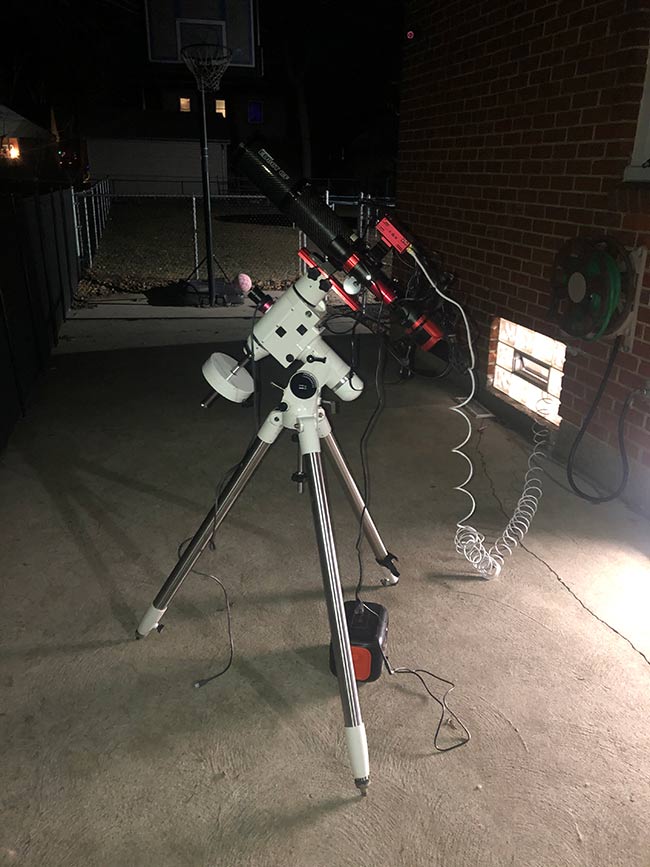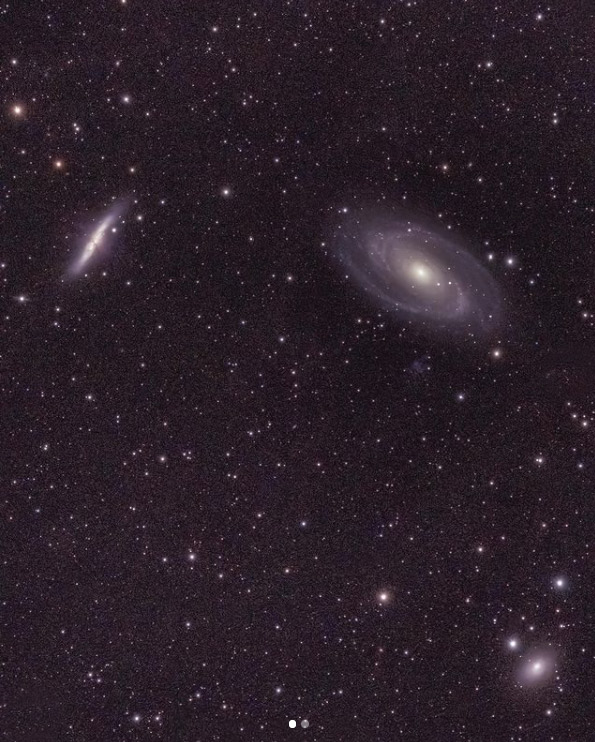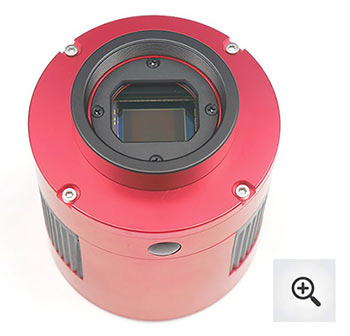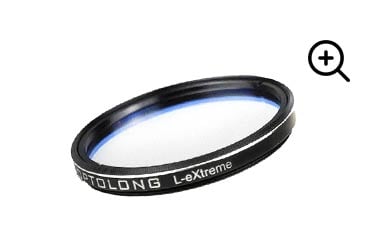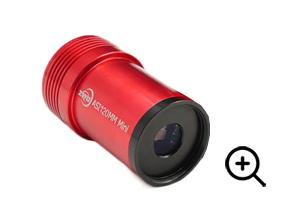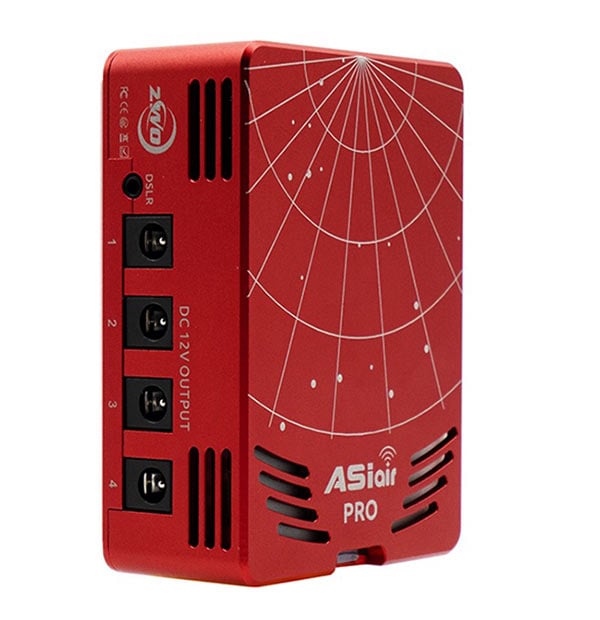Backyard of the Week | May 24, 2021
The AstroBackyard Backyard of the Week highlights astrophotography setups from around the world. A “backyard” can be a balcony, driveway, garden, or wherever else you set up astrophotography equipment at home.
This week’s backyard astrophotography equipment profile comes to us from Josh Wilson from Ontario, Canada.
One of the really fun things about these backyard features is seeing the unique imaging locations. In Josh’s case, you can tell he is set up in the driveway or at the side of his house.
He’s using a portable battery to power his rig and is connected to the ethernet from inside his house by slipping the cord through the window. Nicely done, my friend!
Location: Windsor, Ontario
This scene reminds me of when I would set up my iOptron CEM60 on the concrete patio in my backyard. Even when space is limited, you can’t beat having your telescope right outside your door for easy monitoring.
Josh Wilson
Josh regularly contributes to the discussion on the AstroBackyard Facebook page and even created a custom Bahtinov mask for my Celestron Edge HD 11. He captures most of his images from his light-polluted backyard in the city.
The following image shows how patience and perseverance can overcome light pollution (with the right equipment, of course). Josh used his ZWO ASI294MC Pro color camera to capture galaxies M81 and M82 through his telescope.
M81 and M82 by Josh Wilson.
Josh’s Equipment
| Primary Imaging Camera | ZWO ASI294MC Pro |
| Primary Imaging Telescope | Orion ED80T CF |
| Telescope Mount | Sky-Watcher HEQ5 Pro |
| Filter | Optolong L-eXtreme |
| Guidescope | ZWO 30mm Mini Guide Scope |
| Guide Camera | ZWO ASI120mm |
| Camera Control Software | ZWO ASIAir Pro |
What does Josh love most about his gear?
Josh says that his deep space rig is relatively portable and easy to set up to start imaging, both in the backyard and when escaping the city.
Time and time again, amateur astrophotographers re-iterate the importance of portability in a deep space imaging rig. If you are building your first deep space imaging system, this is worth keeping in mind.
The Camera
Josh uses the ZWO ASI294MC Pro for deep space astrophotography. I have personally enjoyed this one-shot-color dedicated astronomy camera for many years in the backyard.
This camera features a cooled micro four-thirds sensor with a resolution of 4144 x 2822. This camera is a great fit for most telescopes and captures full-color images with an impressive dynamic range.
This camera possesses all of the qualities modern amateur astrophotographers appreciate, including a full-well capacity of 63700e-. This allows users to collect a high dynamic range in a single exposure without the worry of the oversaturation of bright stars in the field.
Here is an image Josh captured using the ZWO ASI294MC Pro and the TPO 180mm Ultra-Wide telescope. The Cygnus Loop contains the dramatic Veil Nebulae, and the Optolog L-eXtreme filter did a great job of separating these objects from a sea of stars in Cygnus.
Eastern and Western Veil Nebula by Josh Wilson
The Telescope
The Orion ED80T CF is a practical choice for deep space photographers looking to capture large nebulae objects. At a focal length of 480mm, this 80mm diameter triplet APO is perfect for summer nebulae projects like the North America Nebula, Lagoon Nebula, and much more.
The compact size and carbon fiber construction make this APO lightweight (5.5 lbs) and easy to balance. This telescope delivers crisp views through the eyepiece, and collects well-corrected, flat images of space when the dedicated field flattened is used.
The Orion ED80T Carbon Fiber.
This telescope is listed in my Top 5 Astrophotography Telescopes for beginners. If capturing deep space objects is your goal, you simply can not go wrong with a compact, wide-field apochromatic refractor.
Orion ED80T CF Specs
- Type: Apochromatic Triplet Refractor
- Recommended Field Flattener/Reducer: Orion FF for short refractors
- Diameter: 80mm
- Focal Length: 480mm
- Focal Ratio: f/6
- Weight: 5.5 lbs (2.5 kg)
The Pleiades Star Cluster by Josh Wilson.
The Telescope Mount
Once again, we see the mighty Sky-Watcher HEQ5 Pro behind some of the best amateur astrophotography images captured in 2021. This equatorial telescope mount combines portability with function, and is a mount I regularly use in the backyard myself.
If the cost of a new model is out of your budget, keep your eyes peeled for used units on the astronomy classified sites.
The Sky-Watcher HEQ5 Pro
The Filter
Josh utilizes the incredibly useful Optolong L-eXtreme filter to capture deep-space images from the city. This filter isolates the hydrogen-alpha and oxygen III wavelengths of light emitted by certain objects in the night sky.
I think you’ll find this filter to be especially effective when photographing supernova remnants such as the Veil Nebula. Planetary nebulae like the Helix Nebula are also exquisite when captured with this filter and a color camera.
The Guide Scope
Weighing in at 250 grams, the ZWO 30mm guidescope adds almost no weight to your imaging rig, yet allows you to tap into the powerful technique of autoguiding.
This little guide scope has a focal length of 120mm at F/4, and is a perfect fit for compact refractor setups imaging in the 400-600mm range.
The Guide Camera
The ZWO ASI120mm is an ideal choice for the 30mm guide scope Josh uses. Doubling as a capable planetary camera, the ZWO ASI120mm Mini is one of the best values in the astrophotography equipment world.
If you own the ZWO ASIair wifi camera control device, this becomes an extremely practical, affordable choice. I have used this guide camera to improve the tracking accuracy of several imaging configurations, from the Sky-Watcher Star Adventurer to the Sky-Watcher EQ8-R Pro.
The ZWO ASI120MM Mini.
Camera Control Software
The ZWO ASIAIR Pro wireless imaging controller allows you to capture images and autoguide your system without the need for a laptop computer. The images are transferred onto the device as they are collected, and everything is controlled via the dedicated mobile app.
Users that add the ZWO EAF (electronic automatic focuser) and EFW (electronic filter wheel) can focus, frame, and capture your deep-space images through each filter using a tablet or smartphone, without ever touching the scope!
The ZWO ASIair Wireless Imaging Controller.
The following image represents Josh’s dedication and patience to his craft. The Lagoon and Trifid Nebulae are 2 of the most rewarding deep space astrophotography targets to photograph in the northern hemisphere.
The ultra-wide TPO 180mm scope was used to capture this scene with Josh’s ZWO ASI294MC Pro one-shot-color camera.
Lagoon and Trifid Nebula by Josh Wilson
Thank you for sharing your backyard astrophotography set up with us, Josh! You can view Josh’s astrophotography on his Instagram.
This is a great way for beginners to see a deep-sky imaging setup that is being used to successfully photograph the night sky.
Be sure to fill out the form to submit your backyard for a chance to be featured, and don’t forget to include your Instagram handle to help grow your following.
View the Backyard of the Week Archives

